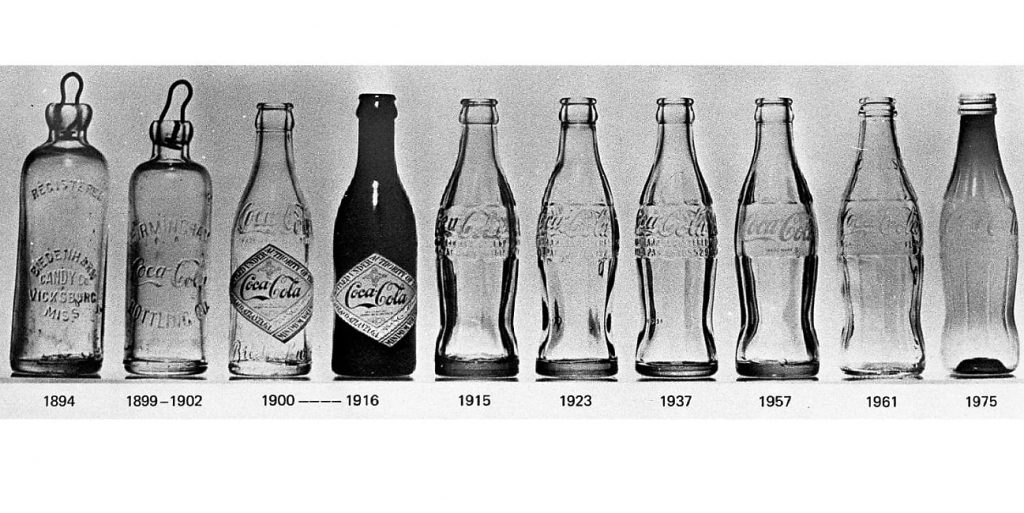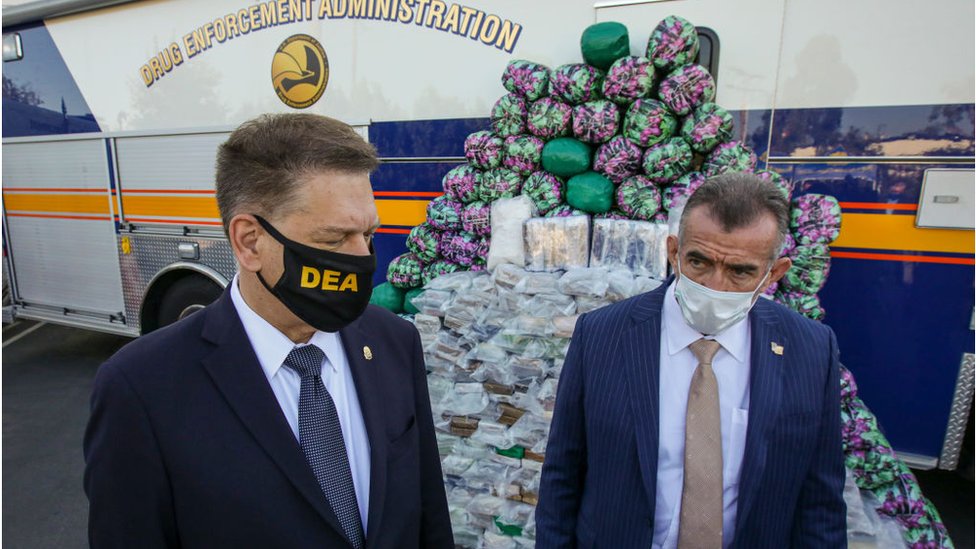Medication Legislation
Published .
Pure Food and Drug Act
The Pure Food and Drug Act of 1906 was the first of a series of significant consumer protection laws which was enacted by Congress in the 20th century and led to the creation of the Food and Drug Administration. Its main purpose was to ban foreign and interstate traffic in adulterated or mislabeled food and drug products, and it directed the U.S. Bureau of Chemistry to inspect products and refer offenders to prosecutors. It required that active ingredients be placed on the label of a drug’s packaging and that drugs could not fall below purity levels established by the United States Pharmacopeia or the National Formulary.

The Jungle by Upton Sinclair, with its graphic and revolting descriptions of unsanitary conditions and unscrupulous practices rampant in the meatpacking industry, was an inspirational piece that kept the public’s attention on the important issue of unhygienic meat processing plants that later led to food inspection legislation. Sinclair quipped, “I aimed at the public’s heart and by accident I hit it in the stomach,” as outraged readers demanded and got the pure food law.
Federal Food, Drug, and Cosmetic Act of 1938
The Federal Food, Drug, and Cosmetic Act of 1938 (APA) is a federal law passed in 1938. The law established quality standards for food, drugs, medical devices, and cosmetics manufactured and sold in the United States. The law also provided for federal oversight and enforcement of these standards. The Federal Food, Drug, and Cosmetic Act of 1938 replaced the Pure Food and Drug Act of 1906, which was the first law to provide for federal regulation of the food and pharmaceutical industries.
Harrison Narcotic Act

The Harrison Narcotics Tax Act was a United States federal law that regulated and taxed the production, importation, and distribution of opiates and coca products. “An Act To provide for the registration of, with collectors of internal revenue, and to impose a special tax on all persons who produce, import, manufacture, compound, deal in, dispense, sell, distribute, or give away opium or coca leaves, their salts, derivatives, or preparations, and for other purposes.” The courts interpreted this to mean that physicians could prescribe narcotics to patients in the course of normal treatment, but not for the treatment of addiction. Although technically illegal for purposes of distribution and use, the distribution, sale and use of cocaine was still legal for registered companies and individuals.
Controlled Substances Act
The Controlled Substances Act (CSA) is the statute establishing federal U.S. drug policy under which the manufacture, importation, possession, use, and distribution of certain substances is regulated. It was passed by the 91st United States Congress as Title II of the Comprehensive Drug Abuse Prevention and Control Act of 1970 and signed into law by President Richard Nixon. The legislation created five schedules (classifications), with varying qualifications for a substance to be included in each. Two federal agencies, the Drug Enforcement Administration (DEA) and the Food and Drug Administration (FDA), determine which substances are added to or removed from the various schedules, although the statute passed by Congress created the initial listing.
Drug Enforcement Agency

The Drug Enforcement Administration is a United States federal law enforcement agency under the U.S. Department of Justice tasked with combating drug trafficking and distribution within the U.S. It is the lead agency for domestic enforcement of the Controlled Substances Act, sharing concurrent jurisdiction with the Federal Bureau of Investigation, the U.S. Immigration and Customs Enforcement’s Homeland Security Investigations, U.S. Customs and Border Protection and the Department of Homeland Security. The DEA has sole responsibility for coordinating and pursuing U.S. drug investigations both domestic and abroad.
How A Chemical Becomes A Drug
American consumers benefit from having access to the safest and most advanced pharmaceutical system in the world. The main consumer watchdog in this system is FDA’s Center for Drug Evaluation and Research (CDER). The center’s best-known job is to evaluate new drugs before they can be sold. CDER’s evaluation not only prevents quackery, but also provides doctors and patients the information they need to use medicines wisely. The center ensures that drugs, both brand-name and generic, work correctly and that their health benefits outweigh their known risks.
Drug companies seeking to sell a drug in the United States must first test it. The company then sends CDER the evidence from these tests to prove the drug is safe and effective for its intended use. A team of CDER physicians, statisticians, chemists, pharmacologists, and other scientists reviews the company’s data and proposed labeling. If this independent and unbiased review establishes that a drug’s health benefits outweigh its known risks, the drug is approved for sale. The center doesn’t actually test drugs itself, although it does conduct limited research in the areas of drug quality, safety, and effectiveness standards.
Before a drug can be tested in people, the drug company or sponsor performs laboratory and animal tests to discover how the drug works and whether it’s likely to be safe and work well in humans. Next, a series of tests in people is begun to determine whether the drug is safe when used to treat a disease and whether it provides a real health benefit.
FDA approval of a drug means that data on the drug’s effects have been reviewed by CDER, and the drug is determined to provide benefits that outweigh its known and potential risks for the intended population.
Although many of the FDA’s risk-benefit assessments and decisions are straightforward, sometimes the benefits and risks are uncertain and may be difficult to interpret or predict. The agency and the drug maker may reach different conclusions after analyzing the same data, or there may be differences of opinion among members of the FDA’s review team. As a science-led organization, FDA uses the best scientific and technological information available to make decisions through a deliberative process.
Accelerated Approval
In some cases, the approval of a new drug is expedited. Accelerated Approval can be applied to promising therapies that treat a serious or life-threatening condition and provide therapeutic benefit over available therapies. This approach allows for the approval of a drug that demonstrates an effect on a “surrogate endpoint” that is reasonably likely to predict clinical benefit, or on a clinical endpoint that occurs earlier but may not be as robust as the standard endpoint used for approval. This approval pathway is especially useful when the drug is meant to treat a disease whose course is long, and an extended period of time is needed to measure its effect. After the drug enters the market, the drug maker is required to conduct post-marketing clinical trials to verify and describe the drug’s benefit. If further trials fail to verify the predicted clinical benefit, FDA may withdraw approval.
When evaluating drugs, the FDA takes special care to determine safety for pediatric and geriatric patients. Further, side effects that may cause problems for an unborn fetus must also be evaluated.
